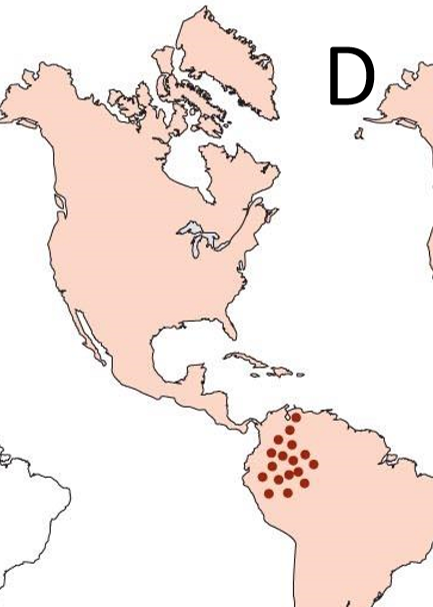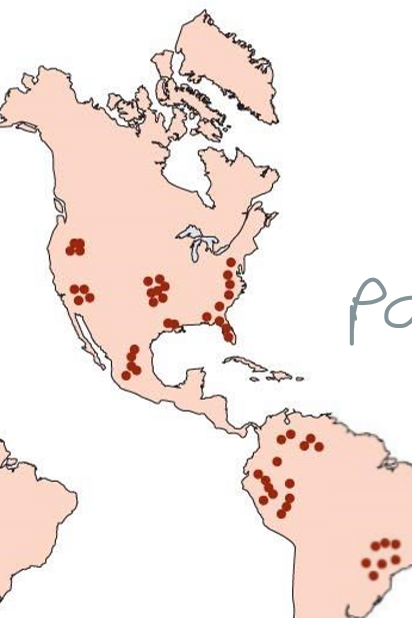Epidemiology
1/35
Earn XP
Description and Tags
Name | Mastery | Learn | Test | Matching | Spaced |
|---|
No study sessions yet.
36 Terms
epidemiology
the science that underlies public health
studies how disease originates and spreads throughout a populations, with the goal of preventing outbreaks and containing them when they do occur
specifically looks at distribution of disease and risk factors for disease and applying knowledge to preventing outbreaks
endemic
regularly occurring in an area

sporadic
occurs infrequently and irregularly

epidemic
contagious illness that spreads quickly and affects more people than expected in a specific area or community

pandemic
when a new disease or new strain of an existing disease spreads worldwide

prevalence
# existing cases of disease in a population during a defined period of time
individuals with outcome of interest regardless of when diagnosed
how much a population is affecgted
incidence
# new cases of disease that develop in a population during a defined period of time
individuals who change in disease status over a specified period of time
how quickly are people becoming infected
case fatality rate
mortality rate/incidence rate
indicates how virulent a disease is
infectious diseases
may/may not be communicable
ex. food poisoning, tetanus
communicable disease
an infectious disease that is contagious and which can be transmitted from one infected host to another
reproductive number (R0)
measure of contagiousness
incubation period
time after initial exposure to microbe
promodal period
nonspecific generalized symptoms
period of illness
specific signs and symptoms
period of decline
gradual lessening of symptoms
period of convalescence
return to normal health after disease
periods where a host is contagious
all periods of illness
resevior
where microorganisms can live, accumulate or persist outside of the host of interest
serves as a source of infection for other host organisms
ex. humans, animals, non-living (water, soil)
carriers
passive or active
asymptomatic or symptomatic
zoonotic pathogens
infections that normally afflict animals but can be transmitted to humans
acquired through various routes
cause of most new emerging infectious diseases (75%)
definitive host
preferred host
if animals are preferred and infect humans, humans are usually dead-end and do not infect other humans
direct transmission
skin-skin
mucous-mucous (STIs)
vertical: via placenta or breast milk
indirect transmission
droplets: close range (1m)
fomites
fomites
inanimate objects that transmit pathogens (ex. doorknobs)
air-borne transmission
aerosols
droplet nuclei inhaled (long distance)
vehicle transmissions
water borne
food borne
vector transmission
living organisms that can carry pathogens
arthropods: insects and arachnids
nosocomial disease
infection that occurs while a patient is in a healthcare facility
notifiable disease
a disease that is legally required to be reported to government authorities when diagnosed
chain of infection
infectious agents
reservoirs
portals of exit
modes of transmission
portals of entry
susceptible host
interruption of infectious agents
antimicrobial drugs
interruption of reservoirs
social distancing/avoid contact with reservoir
interruption of portals of exit
wearing a mask
interruption of modes of transmission
hand washing
interruption of portals of entry
wearing a mask
interruption of susceptible host
vaccination